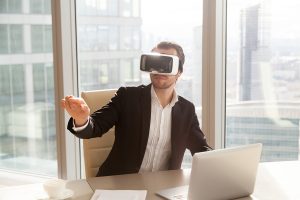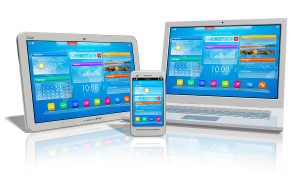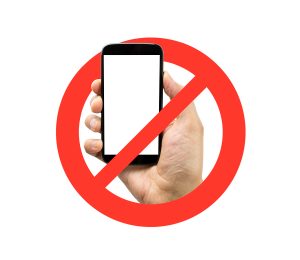
A mobile app launches in the App Store, but no one downloads it. Does it make an impact? Unlike the philosophical exercise of the "if a tree falls in the forest" question, this similarly worded one has a definite answer -- if no one is using your mobile app, the work and resources you've put into it are wasted.
The ubiquity of mobile devices, the comfort with apps, and the options for no-code development all have made apps a real option for all types and sizes of events. With app adoption, event organizers can reduce paper, create more interactivity with the audience, and gather data on their experience before, during, and after the event. Today, we want to focus on making sure people are using event apps so that these benefits can be realized. Continue reading






